New Jersey Veterinarian Says Declawing Is Malpractice

The veterinary professional organizations have not recognized onychectomy for what it really is: malpractice.
For a veterinarian to harm an animal and with no physical benefit to that animal is
tantamount to malpractice. Despite cautions to their members for decades, professional
veterinary associations have not effectively reined in their veterinarians from performing routine
onychectomy.
In 2017 the NJVMA Said Only A Small Number of Declaws Are Performed & They Are Safe & Virtually Painless
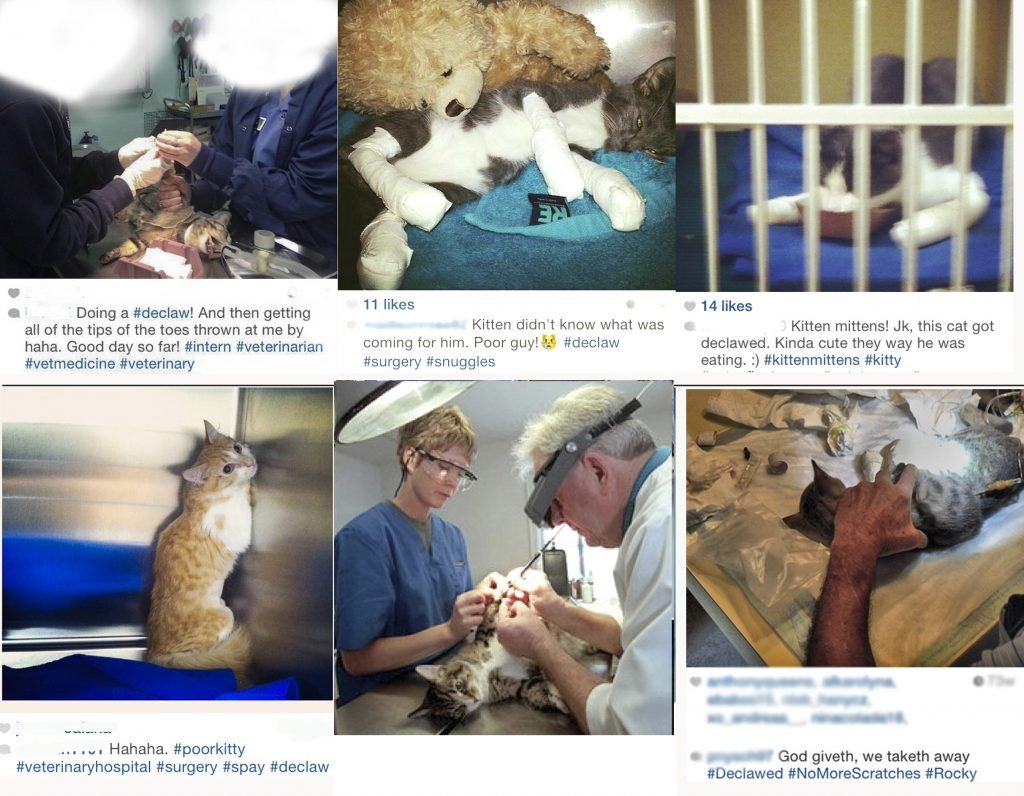
The NJVMA has to lie and use fake facts to protect their right to declaw cats.
It’s almost as if they know there is no good reason to declaw but are trying to convince themselves that it’s ok to still make money from mutilating cats.
One Giant Step For Catkind That All Veterinary Practices Should Take
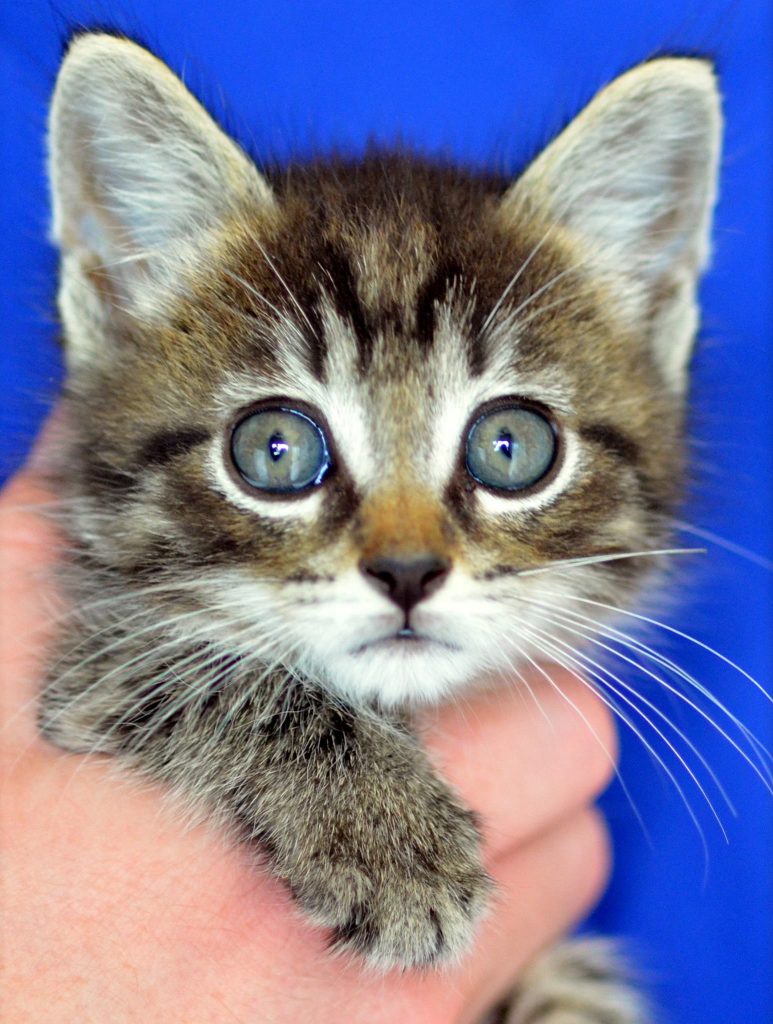
We used to believe that declawing cats saved their lives. We feared that cats with claws would be turned in to the shelters in record numbers, and that we were doing a good thing by making cats more likely to stay in their homes.
As it turns out, the numbers do not bear this out. When areas have stopped declawing, the number of surrendered cats actually dropped. This left us with a question. We know that even under the best of circumstances, a declaw is a major and painful surgery, (and no less so when it is performed with a laser, by the way.) It is an amputation of the end of the cat’s “finger,” not just the removal of the claw itself. And even when performed perfectly, can have life-long complications.
So we wondered, if we weren’t saving cats, and this procedure can be painful to cats, why were we doing this? Although we know furniture destruction can be a problem, it can almost always be prevented with the right techniques. Besides, when it comes down to it, as veterinarians, our main concern is the cats, not the couches. We have to do what is best for our patients.
Amputating 10 Cat Toes Is No More Painful Than A Neuter – NJVMA SpokesVet
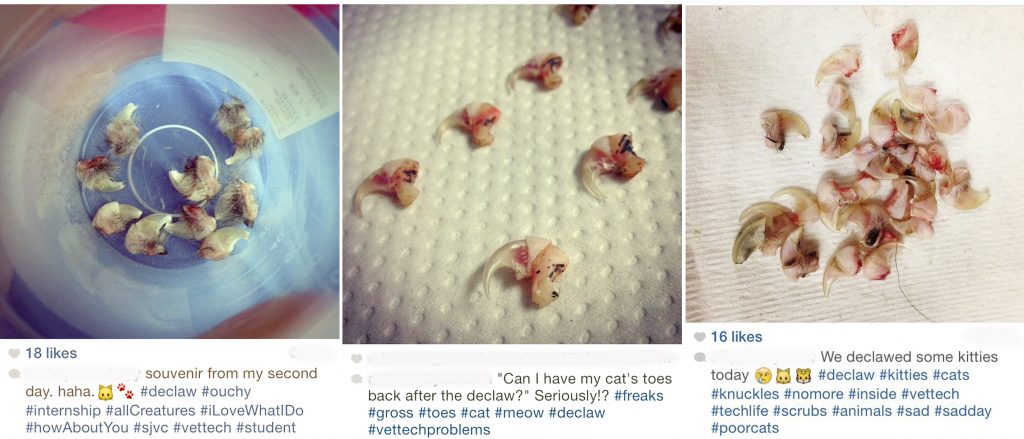
When cats start walking on their balls then we will start believing the NJVMA’s spokesvet Dr Yurkus and his animal hospital that declawing isn’t more painful than neutering.
Meanwhile, the American Association of Feline Practitioners’ policy on declawing states:
“Physically, regardless of the method used, onychectomy causes a higher level of pain than spays and neuters. Patients may experience both adaptive and maladaptive pain; in addition to inflammatory pain, there is the potential to develop long-term neuropathic or central pain if the pain is inadequately managed during the perioperative and healing periods.” [AAFP Policy Statement on Declawing, 2007.]
The AVMA, Declawing & Cigarettes. Lies and deception.

Just like the tobacco companies did in the 30’s and 40’s for smoking, the veterinary profession started deceiving cat owners in the 50’s to believe that declawing was humane.
The veterinary associations and pro-declaw veterinarians are still perpetuating these lies and deception about declawing so that they can keep making money from this very inhumane procedure.
Certificate of Bravery for Being Declawed
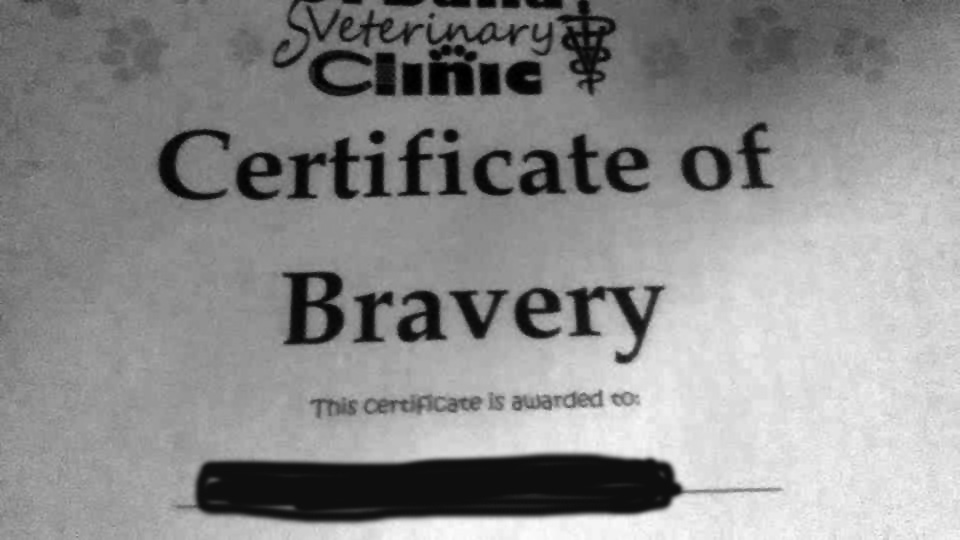
It’s also sad to me to know how uneducated and lied to some people of the world are because the vets don’t tell them what declawing really is or no one else ever did.
You shouldn’t even be allowed to call yourself a vet if you do this to cats.
You’re supposed to love, protect, and heal these animals, and if you go into the vet field with the mindset that this is okay, you do not belong in it.
INVESTIGATIVE STUDY WITH 110 RANDOM VETERINARY PRACTICES IN NEW JERSEY
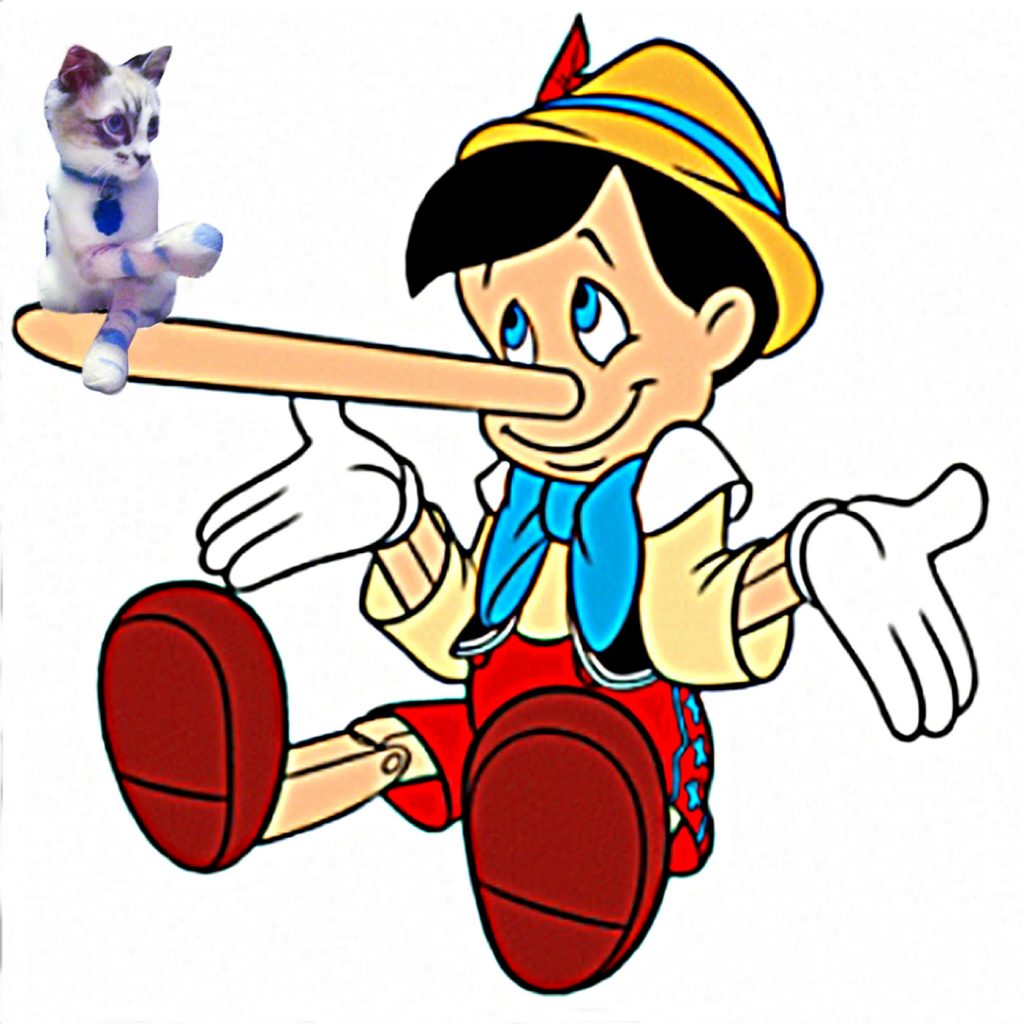
Of the 97 vets who perform declaws in this study, 72% said they do them frequently, commonly, often, routinely, or on a regular basis and more than one a month.
21% said they just do around one a month, very few or not often.
7% wouldn’t say how many they do.
Only 12% offered or suggested alternatives or asked why the cat owner wanted to declaw his or her cat.
American Veterinary Money Association (AVMA): Deception For Profits.
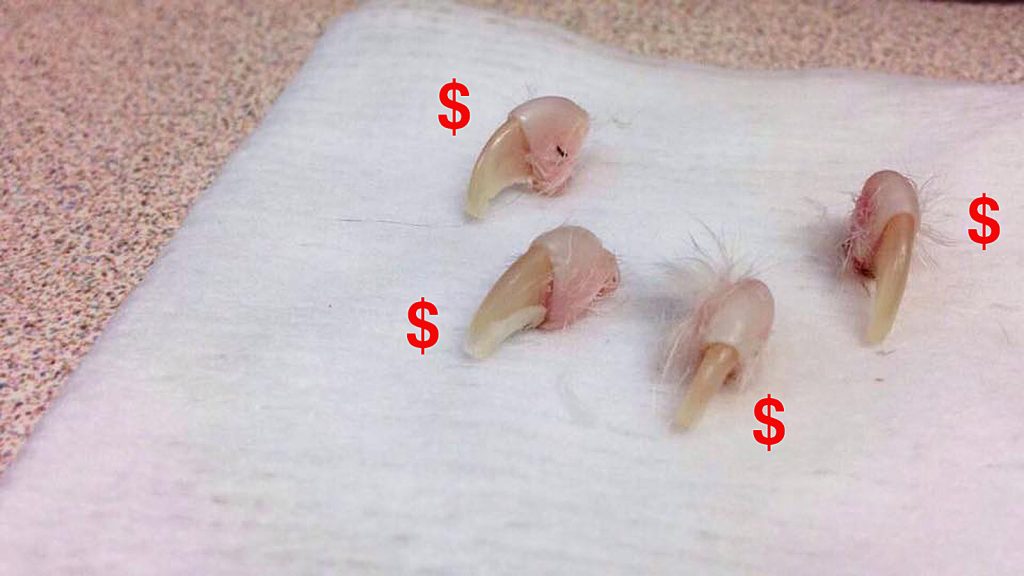
The AVMA position statement on declawing is purposely deceiving.
The AVMA says that there are no studies that show that declawed cats have more behavior problems when compared to a control group.
The AVMA’s intention is to make it sound like there is no evidence that declawed cats have more behavior problems but, the reality is that there really are NO STUDIES, (meaning none have been published), that compare declawed cats to those in a control group.
Isn’t that the most super slimy way to deceive people?!?
Why would they do that?
DECLAWING, EDUCATE, ANIMAL AB– USE, LICENSED VET, LAW, REPORT

Let’s thank the NYSVMS for reminding us that we must use our VOICES and EDUCATE the public and CAT OWNERS that DECLAWING is ANIMAL AB– USE and that we must protect all cats from LICENSED VETs who are doing this mutilating and inhumane procedure!
Pet Owners Can Dictate Vet Medicine As Long As Vets Make Money From It

AAHA’s reason they don’t have any declawing standards. “It is up to the pet owner to make the decision that is right for his or her pet. While veterinarians are there to help counsel a pet owner on a possible course of action, the ultimate decision maker is the pet owner. Part of being a responsible pet owner is being an advocate for your pet and making the choice that is in their best interest – while a veterinary hospital is a partner in that choice, it is not their choice to make at the end of the day.”
